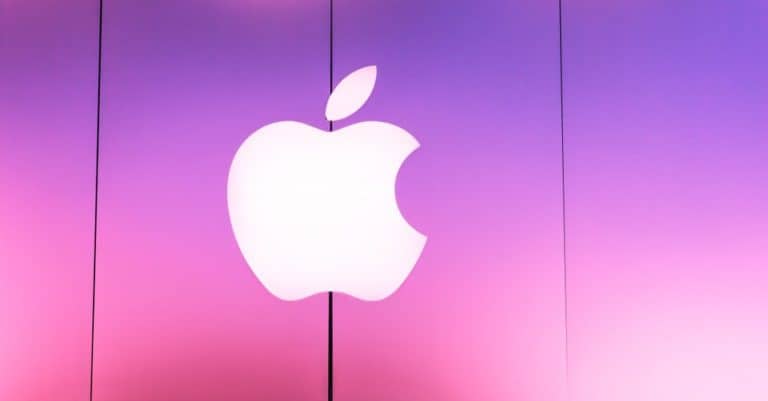It really seems to be coming: the announcement of Apple’s first mixed reality (MR) headset. According to sources from the Wall Street Journal, the device will cost $3,000. What does Apple have to gain from the MR market? And who is willing to shell out that much money for an “experimental” product?
Apple’s latest gadget should be released in the third quarter. The Wall Street Journal states that Apple basically has low expectations for sales figures. Not too surprising, considering the amount of money a consumer may plunk down. Current virtual/mixed/augmented reality offerings are diverse, with various price points. For Apple, the Quest Pro, competitor Meta’s flagship device, will be the most obvious competitor. However, those VR glasses currently retail closer to 1,000 euros than 3,000, so we can raise our gaze a bit when talking about specifications.
Mixed reality, mixed results
It is a remarkable time for Apple to enter this market. Recently, it appeared that Mark Zuckerburg wanted to shift the focus from virtual reality to AI, which has been taking the entire IT industry by storm since the launch of ChatGPT.
However, recent reports indicate that Zuckerburg is still interested in developing the so-called “metaverse” with Meta, a loose umbrella term for digitising our (working) lives that has yet to take more shape.
Also read: Metaverse promises much, doesn’t deliver yet; Disney pulls plug on division
As for Apple’s goals, it remains guesswork until the actual announcement. Either way, it is entering a market that is currently at a somewhat separate stage. Since introducing the Oculus DK-1 (Development Kit 1) in 2014, the production of VR glasses made by HTC/Valve, Samsung, HP and Lenovo, among others, began. These became sharper and feature-rich with each revision, although several parties have pulled out in recent years. Huge R&D costs, a lack of standardization and a small group of consumers have made it difficult to stand firm in the VR landscape.
Applications in the professional field are potentially numerous: advanced cockpit simulations, 3D renderings of architectural plans and psychological research purposes are some examples. These are primarily niches, which cannot yet be reconciled with the universalist thinking of Zuckerberg and Meta.
The key: hardware
The main problem these brands have run into is the issue surrounding hardware. After all, almost every VR headset requires a powerful PC to run the software. In Apple’s case, it has an asset since it started designing its own chips: its own hardware.
According to Bloomberg, the Apple M3 chip will be a 12-core processor with 18-GPU cores, to be baked on Taiwanese TSMC’s 3-nanometer process. A powerful SoC that builds on the strengths of the M1 and M2, in other words. In those cases, it became clear soon after launch that the chips deliver outstanding performance in specific applications that Apple is known for, such as graphic design.
In the first place, a $3,000 Apple headset would not be earth-shattering right away. The price point really needs another tenfold plummet then. However, with its own hardware, it will have an unheard-of advantage in the virtual/mixed reality market. Meta had to rely on Qualcomm technology with the Quest 2 and Quest Pro, while others with PC headsets rely on the capabilities in Nvidia and AMD chips.
In short, to be continued. WWDC will reveal what Apple is looking for in this market.
